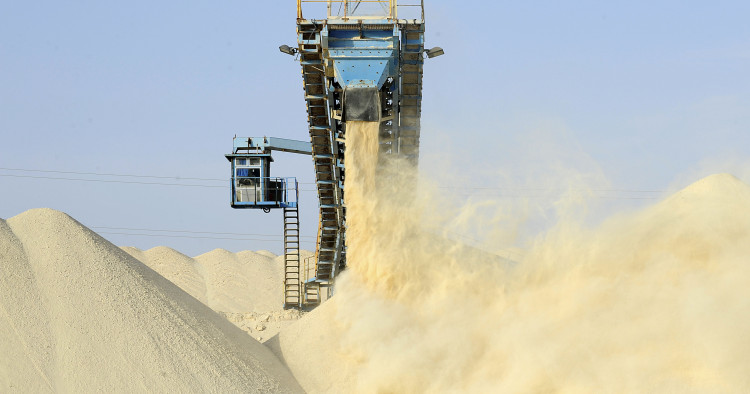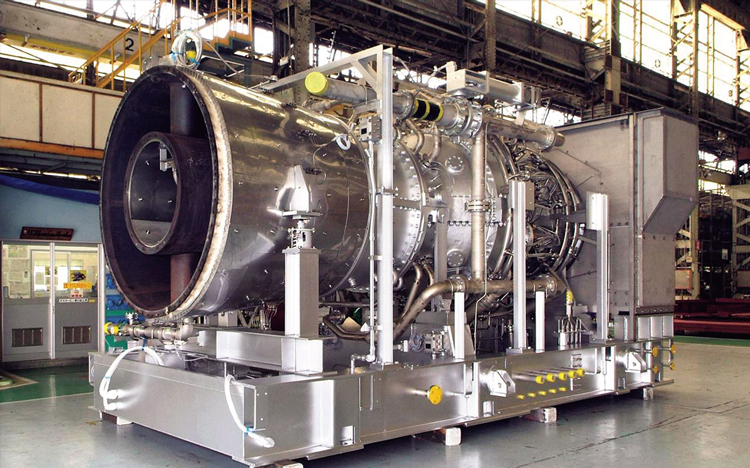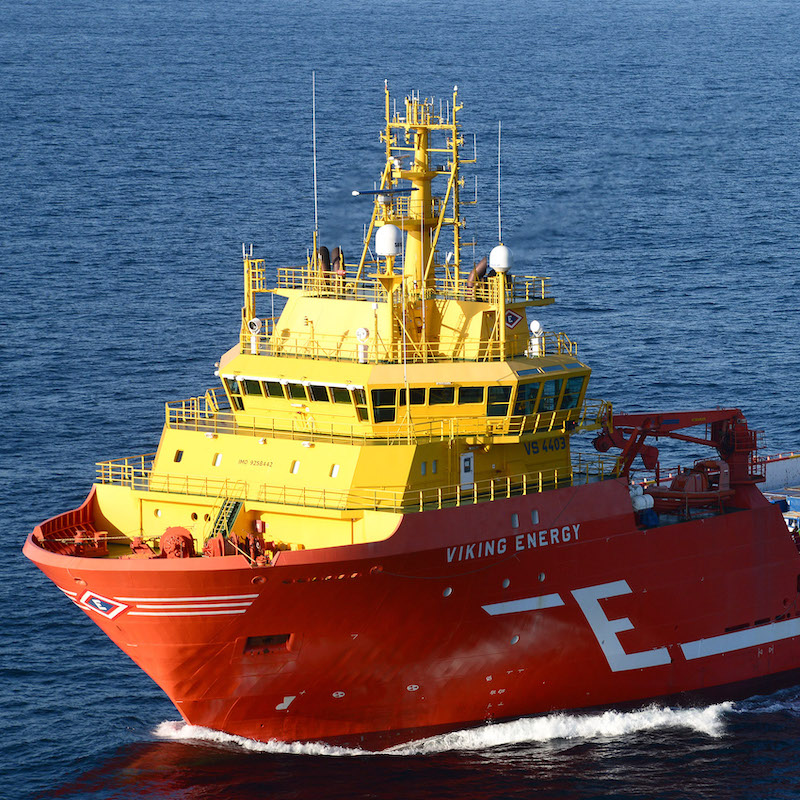
A study spearheaded by the West Australian state government and completed in collaboration between the Mid West Port Authority (Australia), Port of Rotterdam (Netherlands) and Fraunhofer Institute for Solar Energy Systems has shown that renewable ammonia transportation from Western Australia to Germany via Rotterdam is technologically and economically feasible.






